Содержание
- 2. Units of Measurement Table 3.1 1 µm micrometer = 10-6 m = 10-3 mm 1 nm
- 3. A simple microscope has only one lens. Microscopy: The Instruments Figure 1.2b
- 4. In a compound microscope the image from the objective lens is magnified again by the ocular
- 5. Resolution is the ability of the lenses to distinguish two points. A microscope with a resolving
- 6. Refractive index is the light-bending ability of a medium. The light may bend in air so
- 7. Dark objects are visible against a bright background. Light reflected off the specimen does not enter
- 8. Light objects are visible against a dark background. Light reflected off the specimen enters the objective
- 9. Accentuates diffraction of the light that passes through a specimen. Direct and reflected light rays are
- 10. Accentuates diffraction of the light that passes through a specimen; uses two beams of light. Adding
- 11. Uses UV light. Fluorescent substances absorb UV light and emit visible light. Cells may be stained
- 12. Uses fluorochromes and a laser light. The laser illuminates each plane in a specimen to produce
- 13. Uses electrons instead of light. The shorter wavelength of electrons gives greater resolution. Why? Electron Microscopy
- 14. Ultrathin sections of specimens. Light passes through specimen, then an electromagnetic lens, to a screen or
- 15. 10,000-100,000×; resolution 2.5 nm Transmission Electron Microscopy (TEM) Figure 3.9
- 16. An electron gun produces a beam of electrons that scans the surface of a whole specimen.
- 17. 1000-10,000×; resolution 20 nm Scanning Electron Microscopy (SEM) Figure 3.8b
- 18. Scanning tunneling microscopy uses a metal probe to scan a specimen. Resolution 1/100 of an atom.
- 19. Atomic force microscopy uses a metal and diamond probe inserted into the specimen. Produces 3-D images.
- 20. Preparation of Specimens for Light Microscopy A thin film of a solution of microbes on a
- 21. Live or unstained cells have little contrast with the surrounding medium. However, researchers do make discoveries
- 22. Stains consist of a positive and negative ion. In a basic dye, the chromophore is a
- 23. Use of a single basic dye is called a simple stain. A mordant may be used
- 24. The Gram stain classifies bacteria into gram-positive and gram-negative. Gram-positive bacteria tend to be killed by
- 25. Differential Stains: Gram Stain
- 26. Differential Stains: Gram Stain Figure 3.11b
- 27. Cells that retain a basic stain in the presence of acid-alcohol are called acid-fast. Non–acid-fast cells
- 28. Negative staining is useful for capsules. Heat is required to drive a stain into endospores. Flagella
- 30. Скачать презентацию

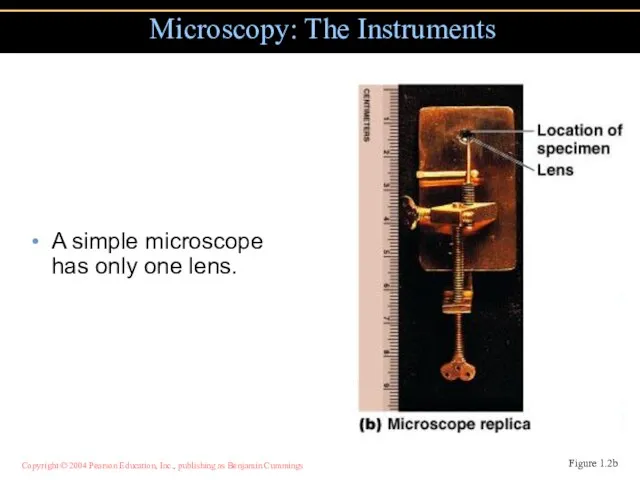
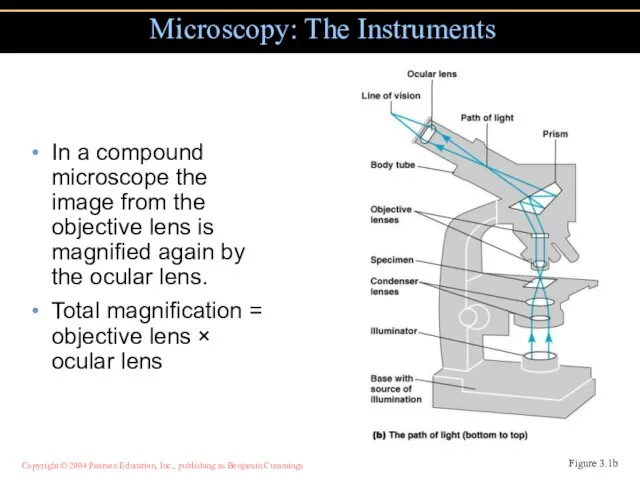

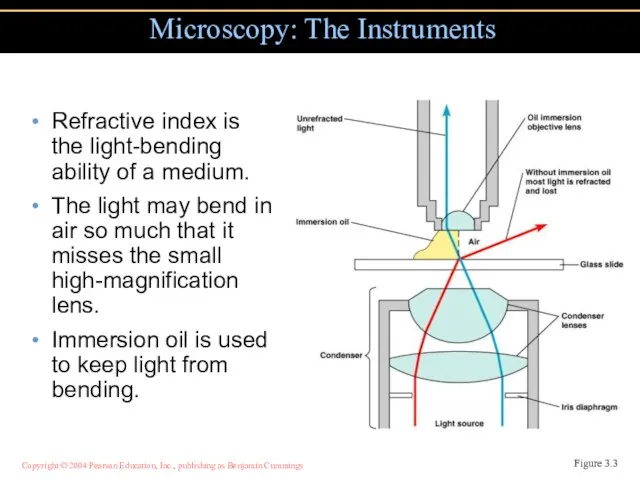

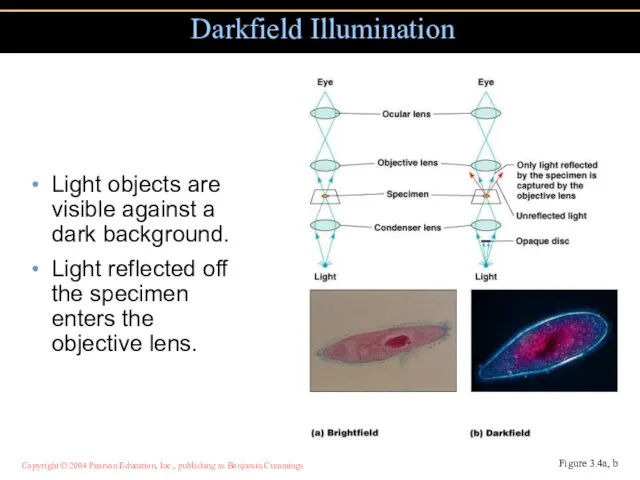


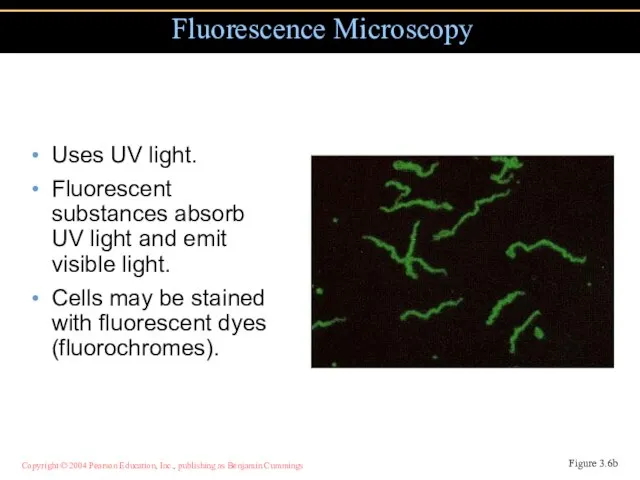
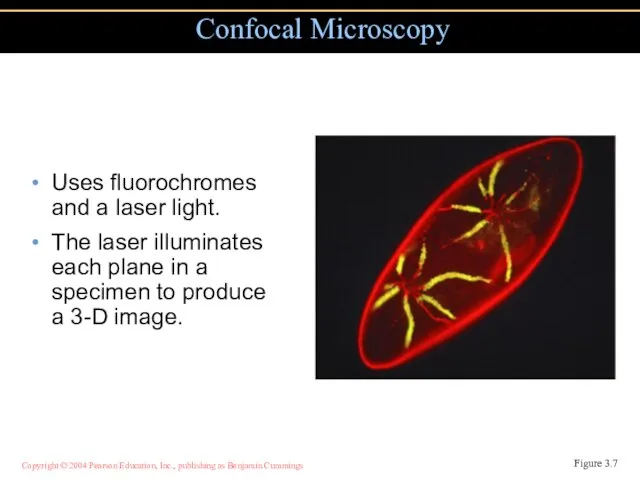

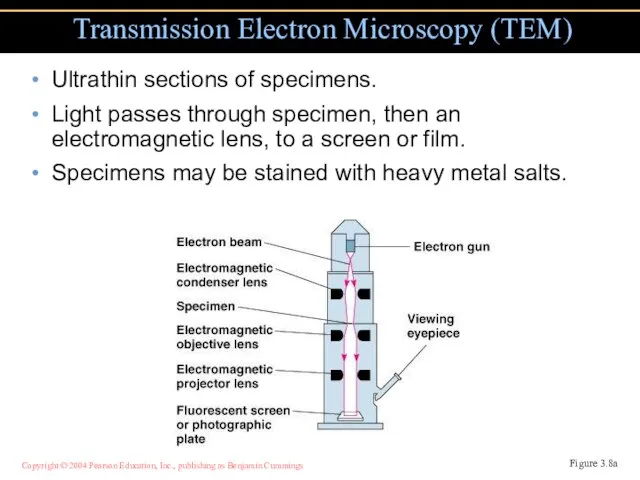
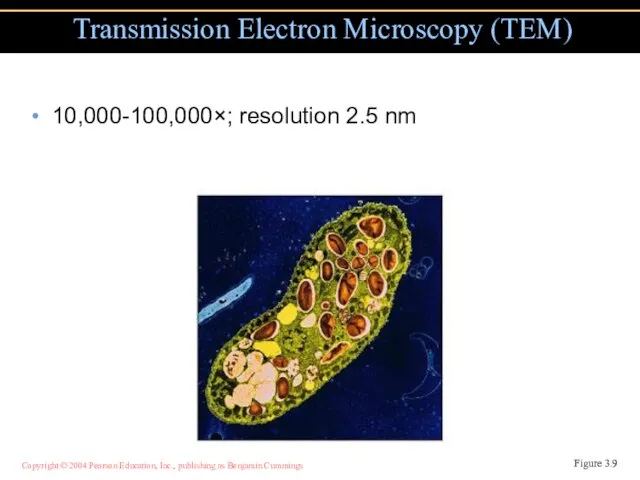
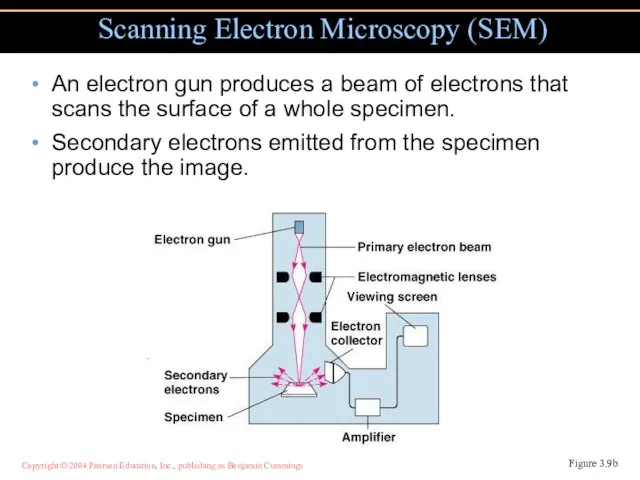
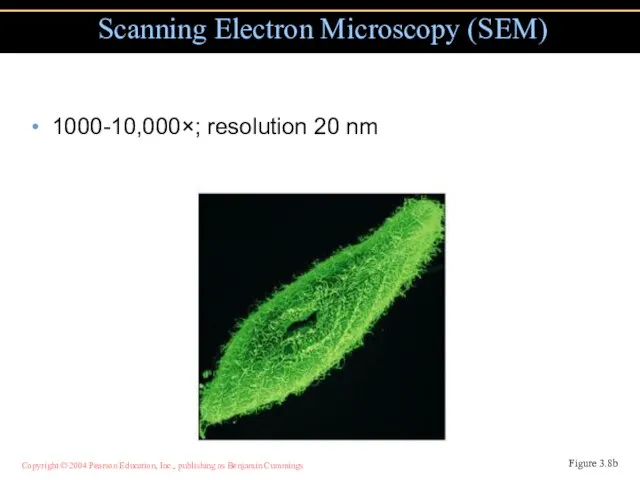
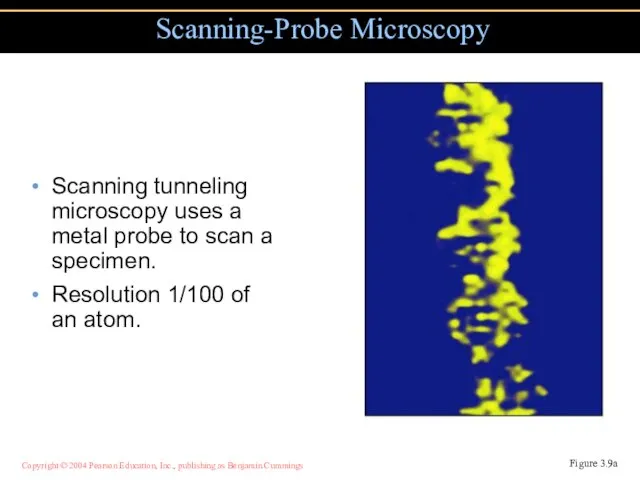
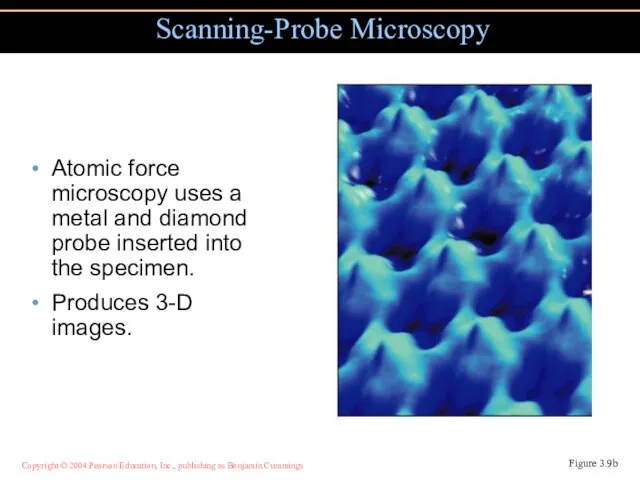
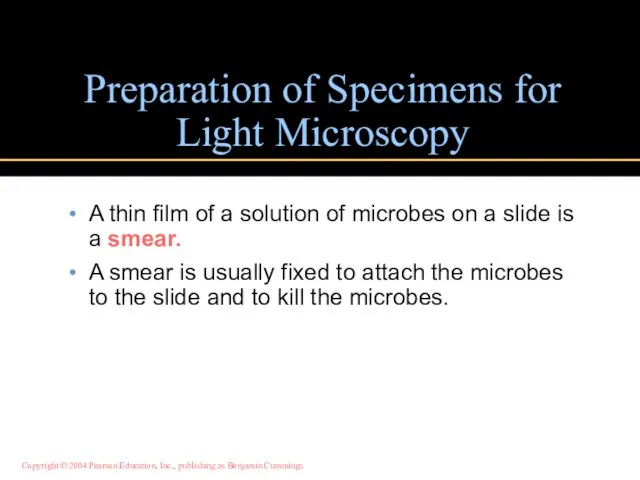





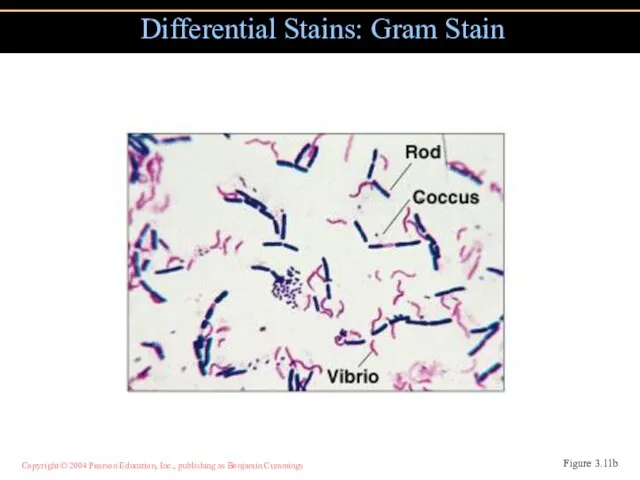


 Анализ преступности несовершеннолетних и ее предупреждения
Анализ преступности несовершеннолетних и ее предупреждения Презентация на тему Охрана прав ребёнка. Право несовершеннолетнего подростка на труд и выбор профессии
Презентация на тему Охрана прав ребёнка. Право несовершеннолетнего подростка на труд и выбор профессии Тема проекта
Тема проекта Городки история, правила игры
Городки история, правила игры Принятие управленческих решений на основе Многомерного Анализа (OLAP)
Принятие управленческих решений на основе Многомерного Анализа (OLAP) Использование игр-экспериментов в работе с детьми по изобразительной деятельности.Презентацию подготовила воспитатель подгото
Использование игр-экспериментов в работе с детьми по изобразительной деятельности.Презентацию подготовила воспитатель подгото Основы проектной деятельности
Основы проектной деятельности Вклад М. В. Ломоносова в изобретении и усовершенствование оптических приборов
Вклад М. В. Ломоносова в изобретении и усовершенствование оптических приборов БОР в России: опыт и перспективы
БОР в России: опыт и перспективы Stipendii
Stipendii Военная техника прошлого и настоящего
Военная техника прошлого и настоящего Выпускная квалификационная работа: особенности административной ответственности несовершеннолетних
Выпускная квалификационная работа: особенности административной ответственности несовершеннолетних Основные методические приемы развития критического мышления
Основные методические приемы развития критического мышления «Современные методы очистки сточных вод»
«Современные методы очистки сточных вод» Совокупный Общественный Продукт или Валовой Внутренний Продукт:
Совокупный Общественный Продукт или Валовой Внутренний Продукт: Наш детский сад. Фотоальбом
Наш детский сад. Фотоальбом Презентация на тему Июнь
Презентация на тему Июнь  Презентация на тему Взаимодействие с родителями при формировании гендерной, семейной, гражданской принадлежности
Презентация на тему Взаимодействие с родителями при формировании гендерной, семейной, гражданской принадлежности Глагол как часть речи (повторение изученного в 5 классе)
Глагол как часть речи (повторение изученного в 5 классе) МОУ «Знаменская средняя общеобразовательная школа» Презентация Урок чтения «Сказки Андерсена» Учител
МОУ «Знаменская средняя общеобразовательная школа» Презентация Урок чтения «Сказки Андерсена» Учител Физико-химические основы спекания ультра- и- нанодисперсных порошокв tic- mo, полученных в процессе плазменой переконденсации
Физико-химические основы спекания ультра- и- нанодисперсных порошокв tic- mo, полученных в процессе плазменой переконденсации Политизация Судебной Системы США: краткое исследование президентских выборов в США в 2000 г.
Политизация Судебной Системы США: краткое исследование президентских выборов в США в 2000 г. Детская ипотека
Детская ипотека Искусство презентации
Искусство презентации Рекламные места в кафе АНГАРА
Рекламные места в кафе АНГАРА Болгария. Отели
Болгария. Отели Определение нитратов в овощах и фруктах
Определение нитратов в овощах и фруктах Продажа от собственника Платим комиссию Описание здания: Отдельно стоящее здание 1 этаж Общая площадь 124,1 кв.м. Вторая линия домов О
Продажа от собственника Платим комиссию Описание здания: Отдельно стоящее здание 1 этаж Общая площадь 124,1 кв.м. Вторая линия домов О